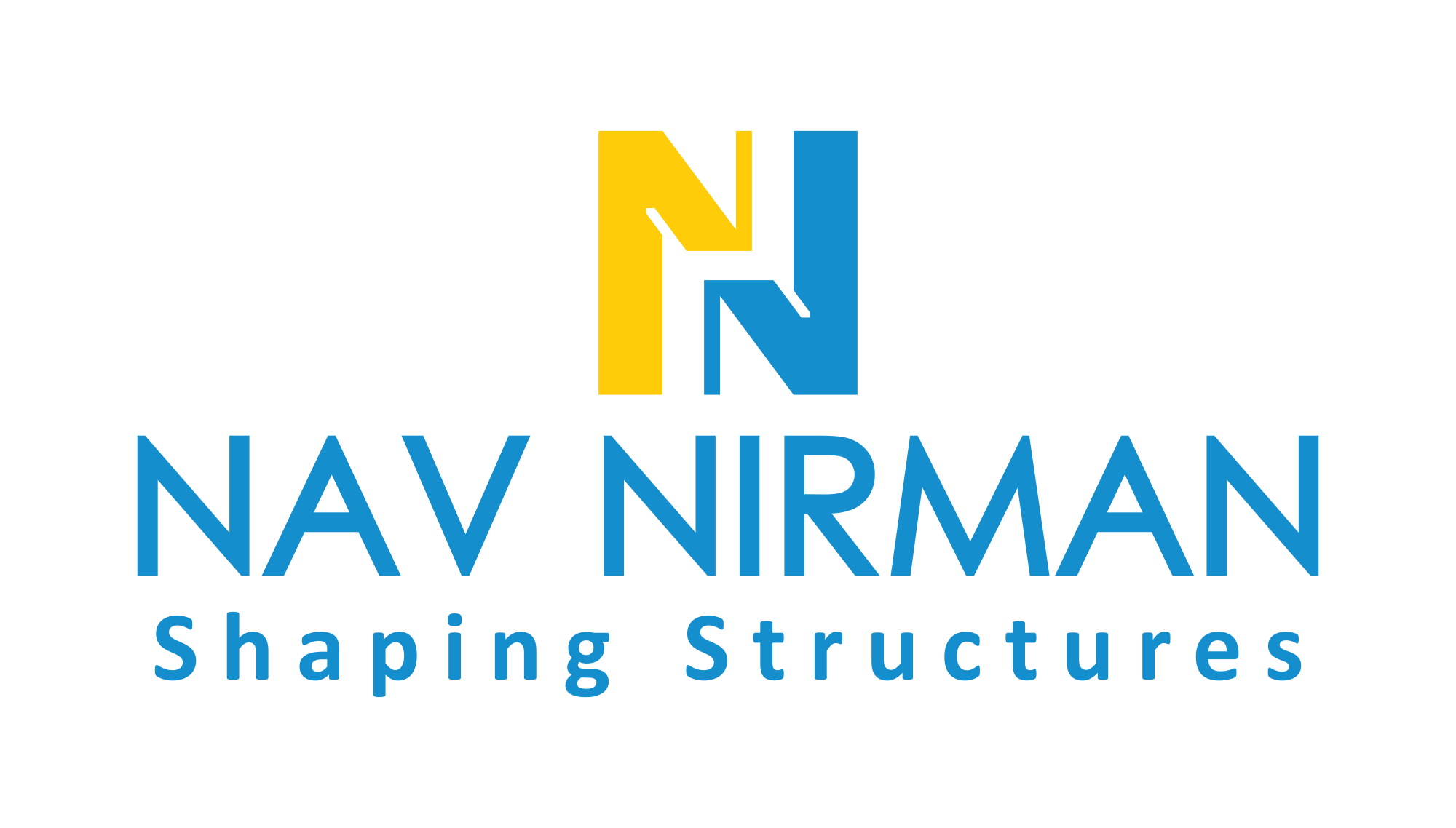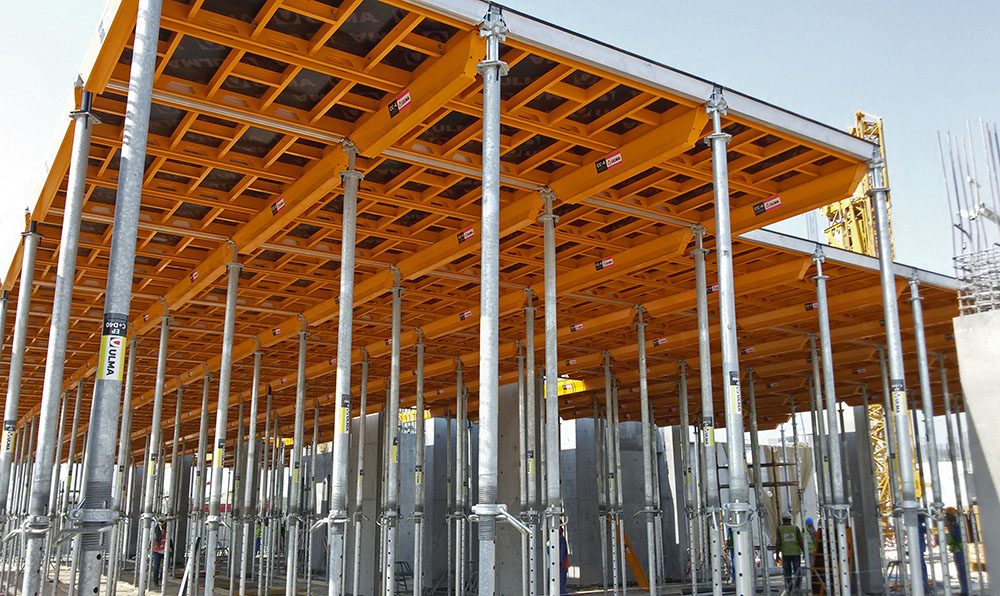Summary
This blog highlights how aluminium formwork is revolutionizing the construction of slabs with unmatched speed, efficiency, and durability. Light in weight, reusable, and shaving substantially from construction timelines and manpower costs relative to wood, steel, or plywood formwork, aluminium systems offer long-term cost savings and eco-friendliness. Reusable 300 times, they can be reused to achieve cost savings and are eco-friendly. The technology also offers high-precision finishes for concrete, minimizing the need for surface correction. As infrastructure demands grow in cities like Hyderabad, aluminium formwork is becoming the first choice for modern, large-scale developments. It is a more intelligent, faster, and greener solution for today’s construction requirements.
Speed, efficiency, and strength are the ultimate goals for any builder, contractor, and developer in contemporary building, especially in the very demanding business of slab building where time is money, purse is limited, and quality under no circumstance should ever be sacrificed. Years have passed by, and various techniques and materials have been developed to make the process easier and more dependable, but nothing can compare to the influence that aluminium formwork has brought in the recent past. Yes, you heard that right — aluminium formwork is the new revolution for the construction formwork market, and today we’re going to have a look at exactly how this technology is transforming slab and beam work as well as saving time, money, and a whole lot of headaches on building sites.
What is Formwork?
For the inexperienced, let’s quickly break it down — formwork is basically the short-term or long-term molds that concrete is poured into to cast structural elements like walls, slabs, and beams. Traditional formwork made of timber, steel, or plywood once was the way to go, but while they worked, they had their own problems in the form of exorbitant labor costs, low reusability, longer assembly time, and constant quality control problems. Then comes aluminium formwork, and the building industry now has in its hands a lightweight, tough, reusable, and highly efficient solution to its high-volume, rapid slab construction needs.
Why Aluminium Formwork Stands Out
The greatest advantage of aluminium formwork for slab and beam construction is speed. Since it consists of modular, interlocking panels, demounting and mounting the system is surprisingly rapid and easy, frequently reducing construction timelines by weeks, if not months. It is particularly helpful for residential and commercial buildings with multiple floors where consistent slab construction is important. Unlike traditional materials, which are potentially heavy and manpower-hungry, the lightweight nature of aluminium formwork ensures that it is less unwieldy to use, requiring fewer workers and less fatigue on site, which by necessity means a safer and more efficient working environment.
Cost Savings and Sustainability
But speed is not the only benefit that aluminium formwork has to give. Its durability and high reusability factor are what make it an actual cost-cutting solution in the long run. One form of good-quality aluminium formwork can be reused 200 to 300 times depending on maintenance and care, significantly lowering the cost per use and also an eco-friendly option by reducing construction waste. This makes aluminium formwork a clear winner for builders and contractors who wish to maximize their funds and also their environmental credentials.
Superior Finish and Precision
A second aspect of interest is the precision and improved finish offered by aluminium formwork in concrete formwork work. The panels are of even size and alignment, resulting in smooth, high-quality concrete finishes that contain less material cost for plastering or finishing the surface. This not only conserves material expenses but also labor expense incurred in rectifying surface defects following de-shuttering. In slab construction particularly, where surface flatness and structural soundness are all-important, this precision is a treasure to cherish.
The Rise of Aluminium Formwork in Emerging Cities
Speaking of quality, it can be said here that the need for efficient and dependable formwork solutions is growing rapidly in emerging cities such as Hyderabad, where infrastructure and realty ventures are growing exponentially. With this, a number of Hyderabad’s top slab formwork producers have turned to aluminium formwork systems, offering customized, project-based solutions to meet the needs of modern building sites. City builders are now increasingly relying on these systems in order to stay competitive, finish projects on schedule, and meet the high quality required by clients and regulatory bodies alike.
Conclusion
Briefly, aluminium formwork is no longer a craze but a tested, dependable part of new formwork construction. Its ability to improve speed, lower costs, enhance safety, and deliver consistently improved results has made it the most desirable choice for slab construction work not just in India but all over the world. So, if you’re in the construction business or planning a large-scale slab and beam structure anytime soon, it might be time to leave those old timber molds behind and explore the world of aluminium formwork — because building faster, smarter, and greener is no longer a luxury, it’s the need of the hour!


